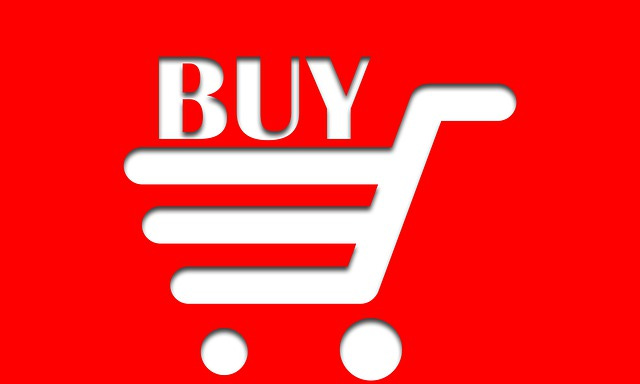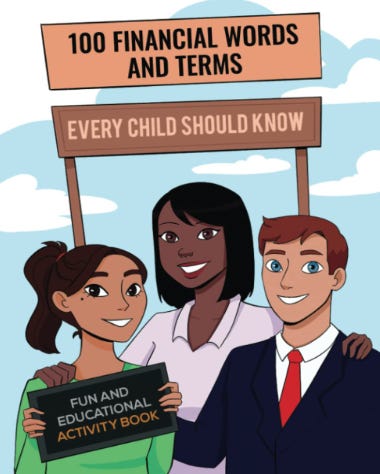
There’s always that one person in line who has paper coupons ready. This shopper has got them organized into categories and sorted by expiration dates. But if a manufacturer or store coupon does not work, this shopper has no problem with holding up the line. And usually, we look around for a shorter line to get past the person who refuses to skip out on a good deal.
Can you picture this person? Do you already have an idea of what this shopper looks like? Remove the plastic coupon organizer and replace it with a smartphone. Could it possibly be that this shopper looks exactly like you?
The Art of the Online Deal
While newspaper sales are continuing to dwindle and coupon brochures may not be at your disposal in print, digital options have replaced paper coupon books.
According to Invesp:
● In 2014, 16 billion e-coupons were used. In 2019, that number will shoot up to 31 billion.
● While 50% of people are more likely to visit a store if they receive a coupon, 60% enjoy digital coupons.
Statista reported that, in 2015, the group most likely to comparison shop was between the ages of 18 to 34 with a whopping 74%. Customers between the ages of 35 to 44 ranked at 57%, and the numbers decreased with older age groups. Millennials and Generation Xers have become that coupon customer.
ADVERTISEMENT ~ Amazon
As an Amazon affiliate, I earn a percentage from purchases with my referral links. I know some consumers are choosing to boycott Amazon for its DEI removal. However, after thinking about this thoroughly, I want to continue promoting cool products from small businesses, women-owned businesses and (specifically) Black-owned businesses who still feature their items on Amazon. As of the first date of Black History Month 2025, each new post will ALWAYS include a MINIMUM of one product sold by a Black-owned business. (I have visited the seller’s official site to verify that Amazon Black-owned logo.) I am (slowly) doing this with older, popular posts too. If you still choose to boycott, I 100% respect that decision.

Here’s why. E-commerce stores like Amazon.com have been front-runners at making computer and smartphone users shop smarter, faster and with more convenience.
Recommended Read: “What Costco has that Amazon doesn’t ~ How the well-known warehouse has made itself the winning underdog”
Brick-and-mortar stores know this all too well. Instead of mystery shopping their neighborhood competitors to see who has the best deal on televisions or movies or even grocery items, management has had to take a look at the world wide web. If the store rates are too high, that discount shopper will stand right in that store and buy the same item online for cheaper rates — with fast, free shipping, too.
ADVERTISEMENT ~ Amazon
As an Amazon Affiliate, I earn a percentage for each purchase with my referral links.

How Amazon Monopolized the Shopping Game
When Amazon has its mind set on getting into a particular e-commerce business, brick-and mortar-stores and other online sites have every reason to be nervous. Look no further than the 2009 deal that put Diapers.com out of business. While Quidsi (founders of Diapers.com) was selling diapers for a good deal online, Jeff Bezos created Amazon Mom.
And with the creation of Amazon Mom, the new company monitored Diapers.com’s activity. When the latter company dropped its rates, so did Amazon Mom. Finally, Quidsi’s founders decided to talk to Amazon about selling their own business. Walmart made a counter-offer to Quidsi.
Recommended Read: “What Nike’s Amazon Exit Means for Retail”
But Bezos was so determined that Walmart wouldn’t get the upper hand that he was willing to let Amazon Mom lose $100 million in a three-month timespan, just from selling diapers. Parents would get great rates, and Amazon Mom would dry its own inventory out. Quidsi sided with Amazon Mom, wondering just how relentless Amazon could possibly be. Fast-forward to 2015, and Amazon has been selling its own diapers under the Mama Bear brand and baby wipes under the name Amazon Element.
While customers may be more concerned about where they can get the best deal, the companies behind these brands know all too well that Amazon is relentless. (Side note: Bezos also bought the domain name Relentless.com with the goal of making it an online bookstore site.)
For a consumer, it may not hit them as hard to see certain legacy brands go out of business. They recall the good old days when [fill-in-the-blank] store was around, but quickly move on to whatever website sells these same items. For example, when was the last time you saw a physical music store? Coconuts, Sam Goody and Tower Records (to name a few) are long gone. Hanging out in Borders Books, Music & Cafe ceased in 2011, when the music and bookstore shut down its 399 remaining stores after 40 years in business.
Meanwhile consumers went from purchasing cheaper CDs from Amazon, eBay and Half.com (eBay’s former site that shut down in 2017) to buying streaming subscriptions. Music lovers are now opting to download thousands of music selections on Spotify, iTunes, Tidal and SoundCloud. But of course, Amazon threw its hat in the ring and launched Amazon Music Unlimited in 2016.

Cashing In on Creativity
Give or take the occasional art and food festival, Etsy.com is the go-to location when it comes to purchasing handcrafted, vintage or custom oddball items like Harriet Tubman currency stamps, personalized pet rings or even book art. Founded in Brooklyn, New York, in 2005, and staying in business with the help of independent contractors, Etsy has long been the e-commerce site for creatives and eco-minded shoppers alike. Purchase a product from Etsy and the company independently invests money into projects that reduce carbon emissions.
Recommended Read: “5 tips to gain more customers for your craft store ~ Lessons I learned from selling online and at vendor booths”
But in October 2015, Amazon Handmade released their own application-only artisan store. Etsy still has the upper hand here considering they do not charge Amazon Handmade’s “Professional Selling plan” of $39.99 per month. However, Amazon Handmade has been repeatedly waiving this fee since the site was created, as long as artisans do not sell more than 40 items per month. So creative consumers and artists are now doing comparison shopping there, too.
And Remember, Big Bezos Is Watching
Through every major retail phase, Amazon always seems to pop up. For parents, it was Amazon Moms. For music, it’s Amazon Music Unlimited. For movies and original television shows, it’s Amazon Prime Video, a competitor of Netflix. For handmade products, it’s Amazon Handmade. While self-checkout lanes in grocery stores continue to increase, Amazon now has Amazon Stores, where four-star items are sold with no currency exchanging hands. And recently Amazon has thrown its hat into the wireless network and phone arena, first with Echo Connect. Now the company is showing interest in purchasing prepaid cell phone wireless service from Boost Mobile.
For consumers who are willing to hold up the line for the best deal, these new business ventures may be good news for them. But this is also useful news for competitors, too. Big box retailers like Walmart and Target have taken a page from the Amazon playbook and are now offering their customers fast, free shipping and options to buy online and pick up in-store. Other competitors, like digitally native homeware retailer Wayfair, have plans to open up physical stores this year and even bargain shops like Marshalls are expanding into multiple retail channels.
Who’d have ever guessed that something as simple as coupon collecting could transition into a lucrative, competitive, online sales marketplace? Just as budget-wielding consumers have evolved, so too can major players and lesser-known brands if they’re willing to adapt to change.
(Note: This post was originally published as an Upwork freelancer for RETHINK Retail.)
Did you enjoy this post? You’re also welcome to check out my Substack columns “Black Girl In a Doggone World,” “BlackTechLogy,” “Homegrown Tales,” “I Do See Color,” “One Black Woman’s Vote” and “Window Shopping” too. Subscribe to this newsletter for the monthly post on the third Thursday.
If you’re not ready to subscribe but want to support my writing, you’re welcome to tip me for this post! I’ll buy a dark hot chocolate on you. Thanks for reading!




